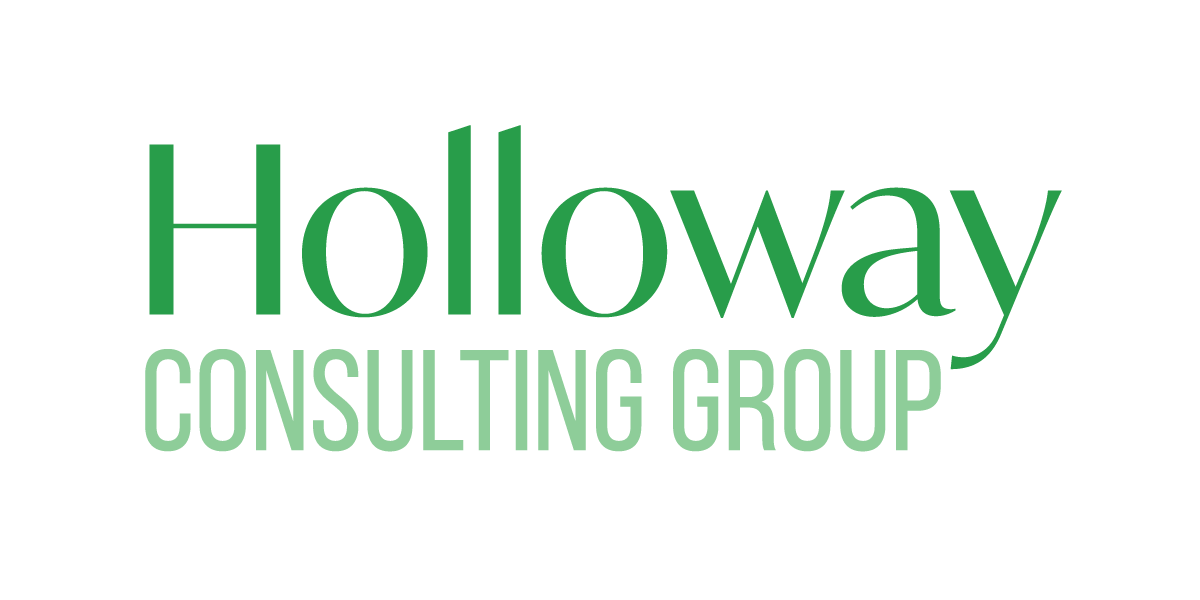For the past couple of weeks I’ve been talking about getting clear on your stakeholders. Sometimes we focus all of our attention and intentions on the person who chartered the work that we’re doing.
Here’s a scenario for you to consider: Your client, Deonte, wants new functionality and his budget is taking care of the functionality. Our assumption is that we should make sure we get a clear list of his thoughts and requirements.
Once we have documented his expectations, we have our marching orders. Taking that approach, we could do a great job delivering exactly what Deonte asked for, but he might be disappointed with the results. Why would he be disappointed if he got everything he asked for?
Deonte’s constituents might be disappointed with the product or service because it was not designed with them in mind. The new process could require his suppliers to work way harder than they did before to give him what he needs for the changes. Shucks!
Now the suppliers are upset or feel the need to raise their prices.
As the project leader, you have to expand your circle and get to know about the stakeholders; it’s not enough to just know that they exist.
There’s a great perspective exercise that I like to do when I’m working to learn more about someone.
I draw a profile of a face (which always makes me laugh because I’m not a good drawer.) I draw a profile so I can clearly see the ears, eyes, and mouth.
By the ear I write: What are they hearing right now?
By the mouth I write: What are they saying right now?
By the brain I write: What are they thinking right now?
By the eyes I write: What are they seeing right now?
Then I get busy answering those questions. If I don’t know the answer to the question, I go and find out. Of course the questions require you to make some inferences – that’s good. A little research is never wasted!
It’s a way to think about what a specific group of stakeholders might be experiencing in addition to what requirements and expectations they may have.
Back to the guy that requested the work, Deonte. When we know what the stakeholders are experiencing, we can have more impactful conversations with the sponsor.
“We could do that right now, but the procurement team is inundated with notifications about out of stock shipments at the moment. Is this the right time to give them more notifications to respond to out of another system?”
When you’re able to have conversations like this, you are adding value. You won’t have these conversations if you’re not thinking about the body of work holistically – suppliers, inputs, processes, outputs, and customers.
You can’t have value-add conversations about your stakeholders if you don’t know about your stakeholders and what they’re experiencing. Go ahead, make some new friends.
You’ve got this!




